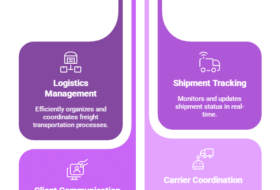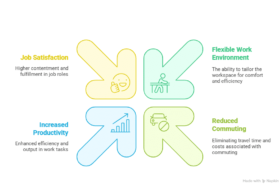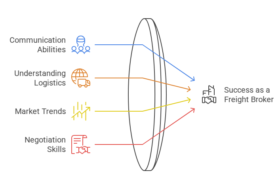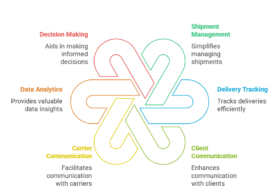Freight volumes of automotive parts are still recovering as demand for many durable goods wanes. Rail carloads for motor vehicles and parts averaged 11% higher year over year in October as part of a recovery trend that started earlier in the year.
The average age of cars hit new highs earlier this year as consumers held on to their vehicles after driving less during the pandemic. The reasons are not entirely clear, but some of that trend may be reverting.
Similar mechanisms are at play for commercial vehicles. Truck OEMs are also seeing lagged demand recovery as Class 8 orders hit all-time highs in September, according to ACT Research. Carriers that have built up cash thanks to a booming market have also let their fleets age as new equipment has not been as available.
A lot of automotive freight moves under dedicated agreements with somewhat specialized carriers, meaning there are high barriers to entry for newcomers.
While earnings have been somewhat mixed for many consumer vehicle manufacturers, their revenues have been largely positive. Ford (NYSE:F) reported a 10% rise in revenue in Q3 even though its earnings were hindered by supply and investment issues.
Ford and GM (NYSE: GM) cited double-digit growth in new vehicle sales this past quarter. Even though Ford’s growth was lower than expected, it is an example of how the automotive sector has yet to feel the same decline in demand as the retail sector.
Growth + Change = Opportunity! How are you going to capitalize on the opportunity as a freight broker, agent, dispatcher or box truck carrier!?
Check out our courses for becoming a Freight Broker, Agent or Freight Dispatcher! As always reach out to us with any questions we are here to help 7 days a week!








